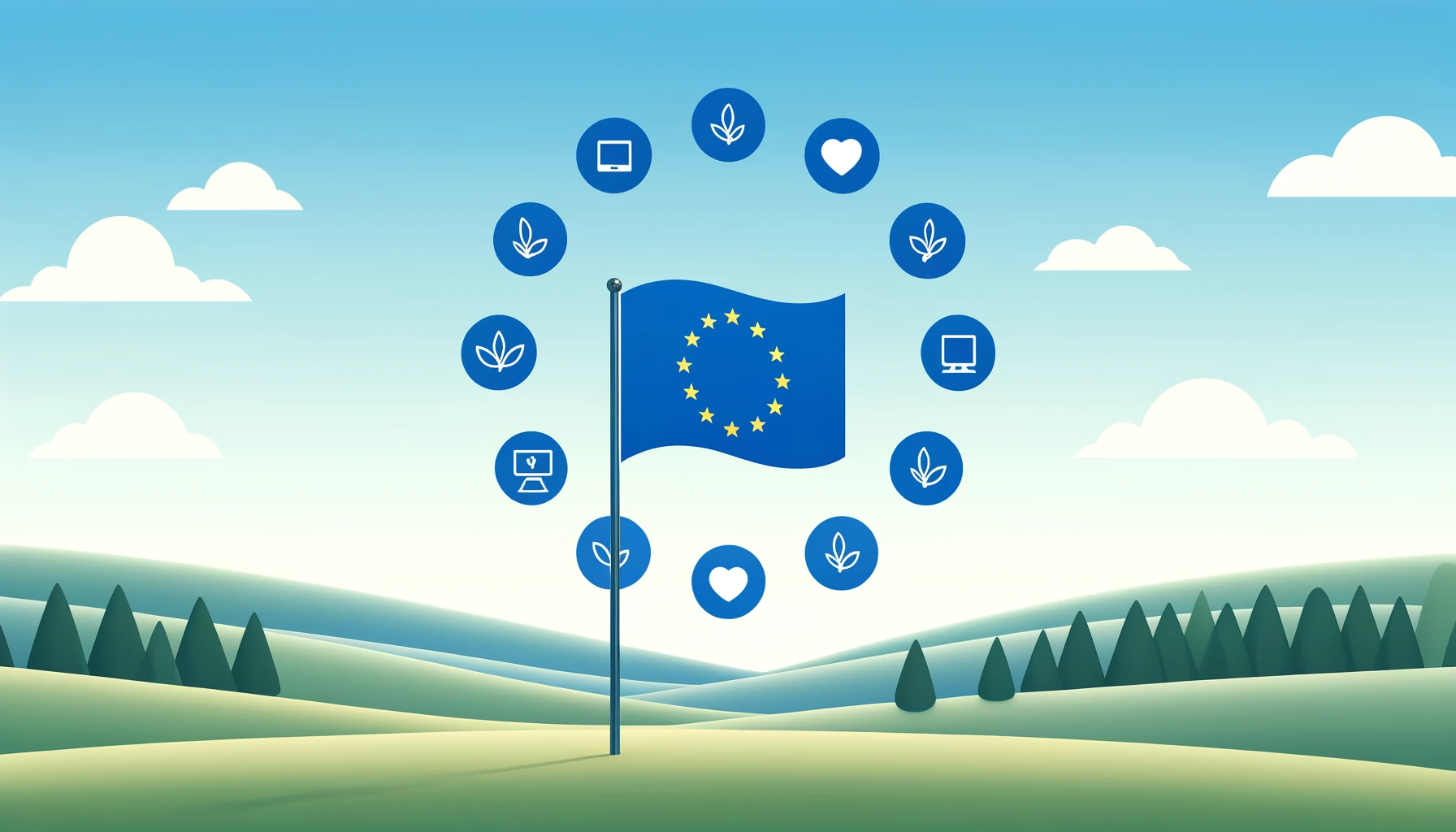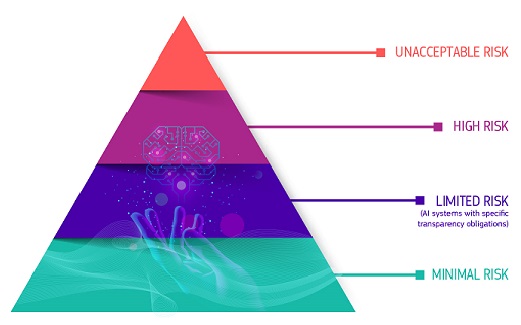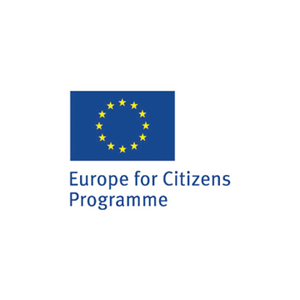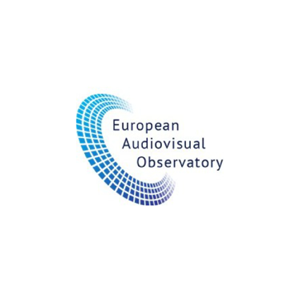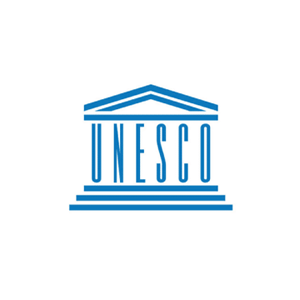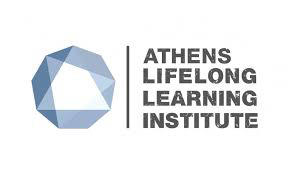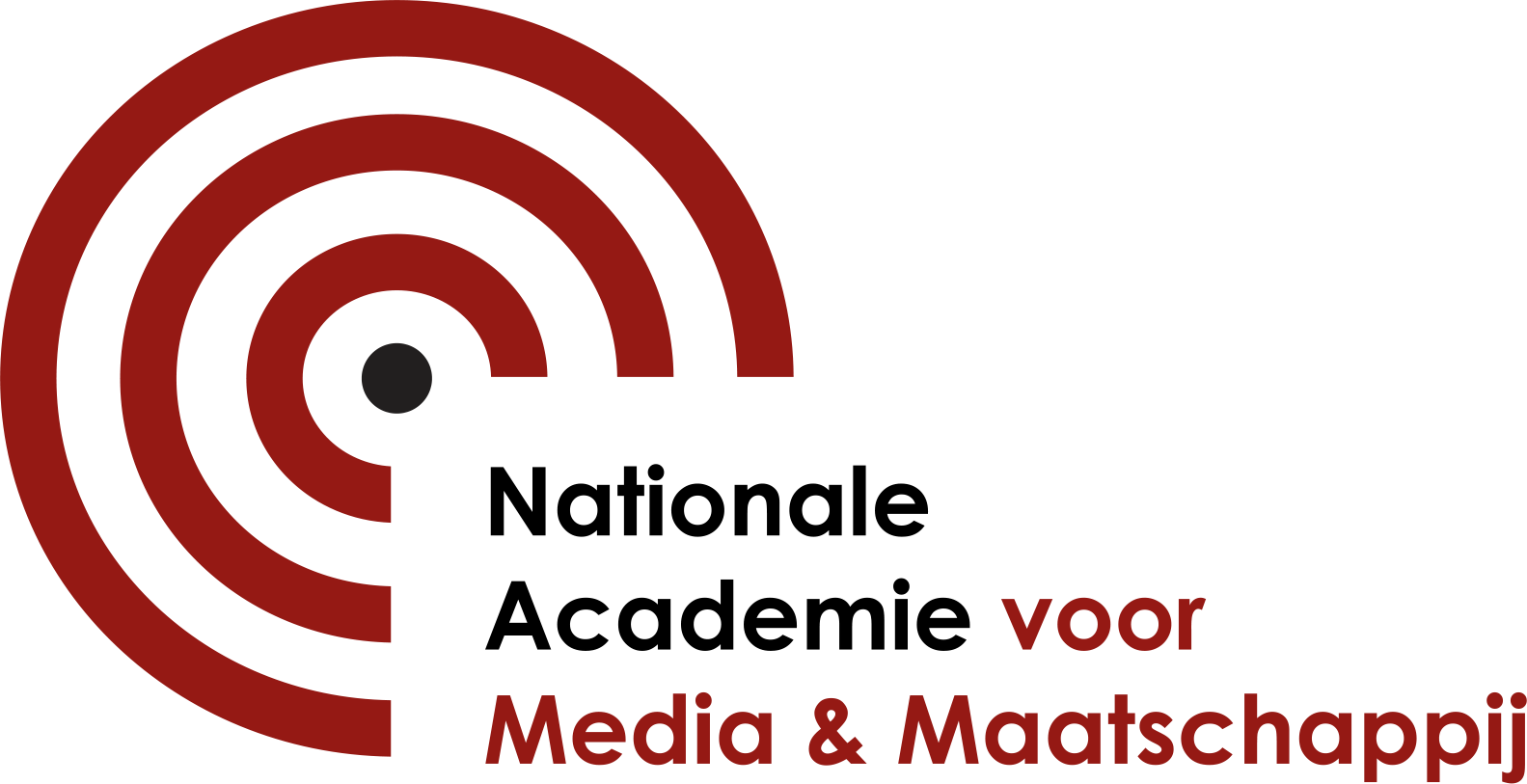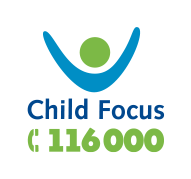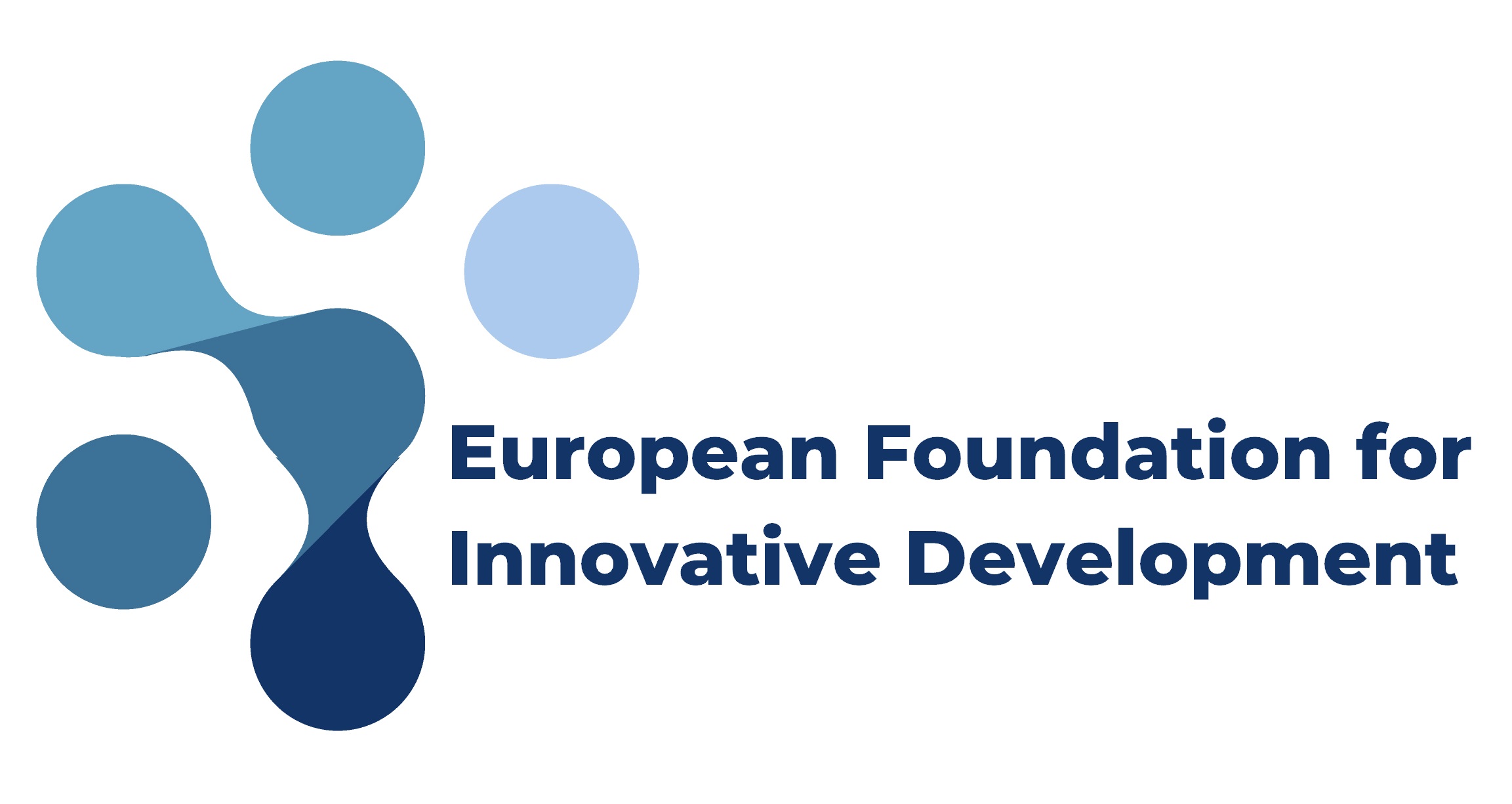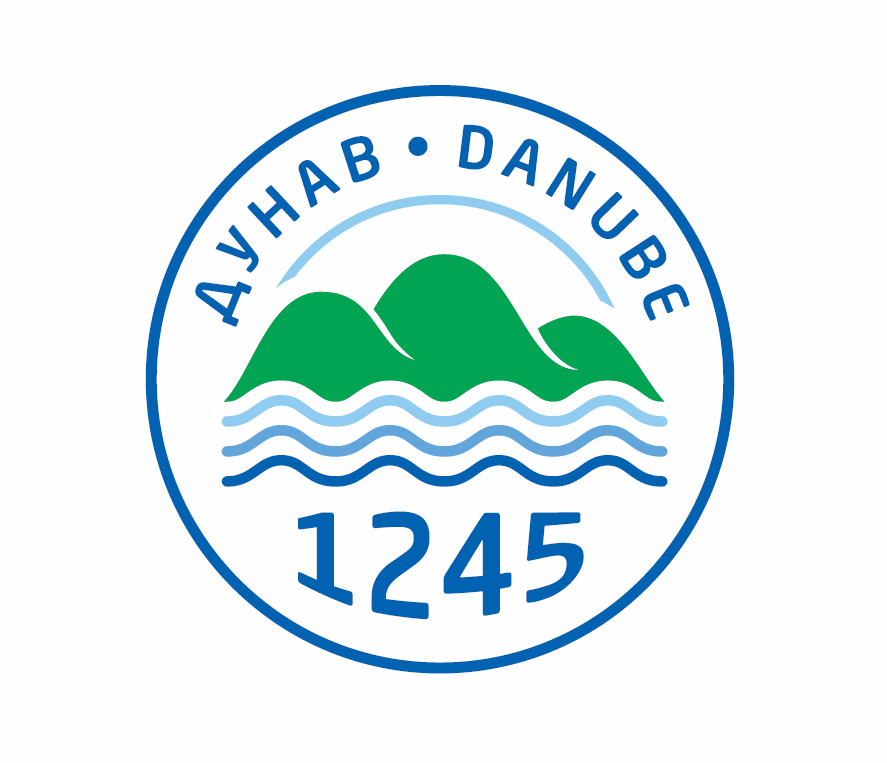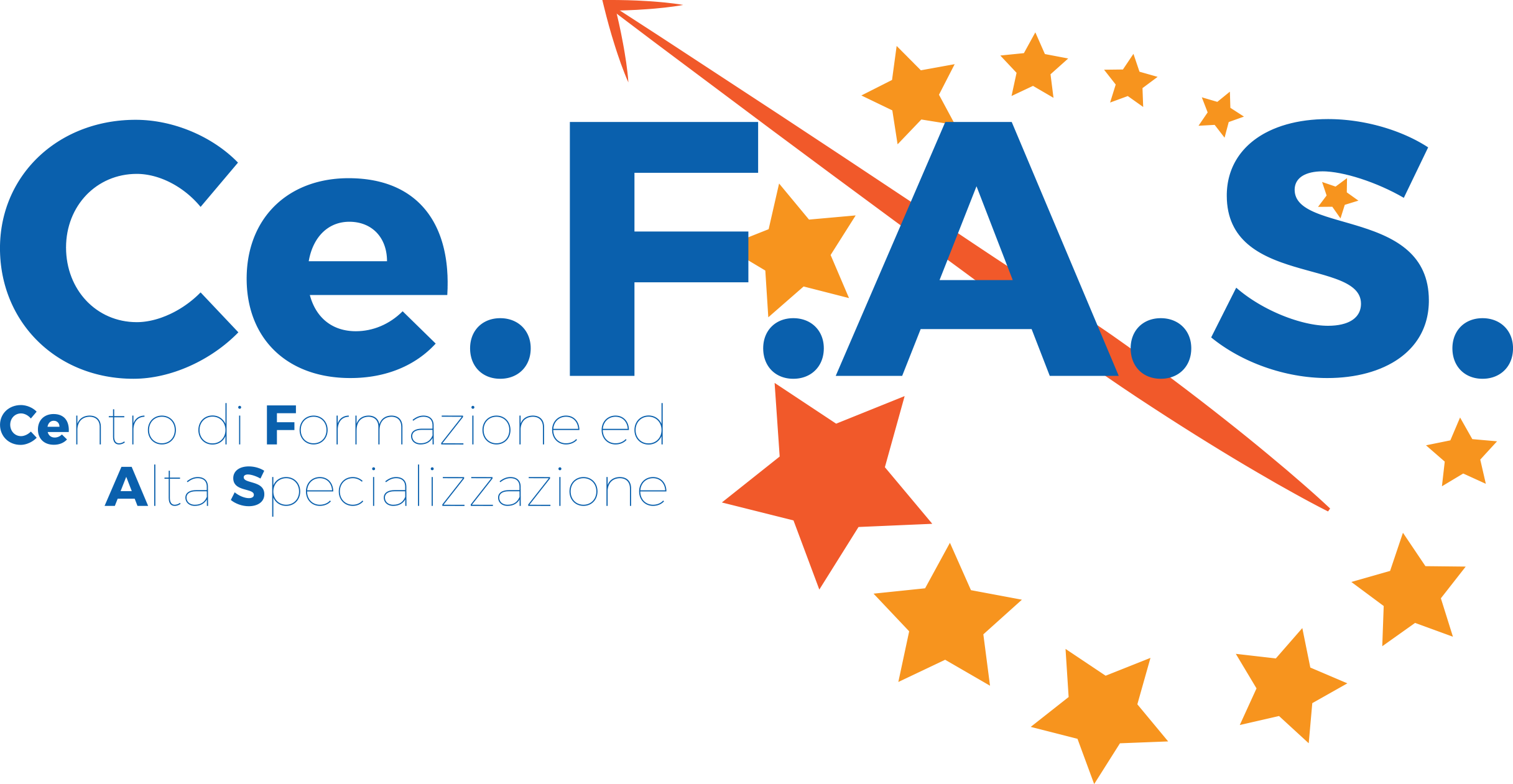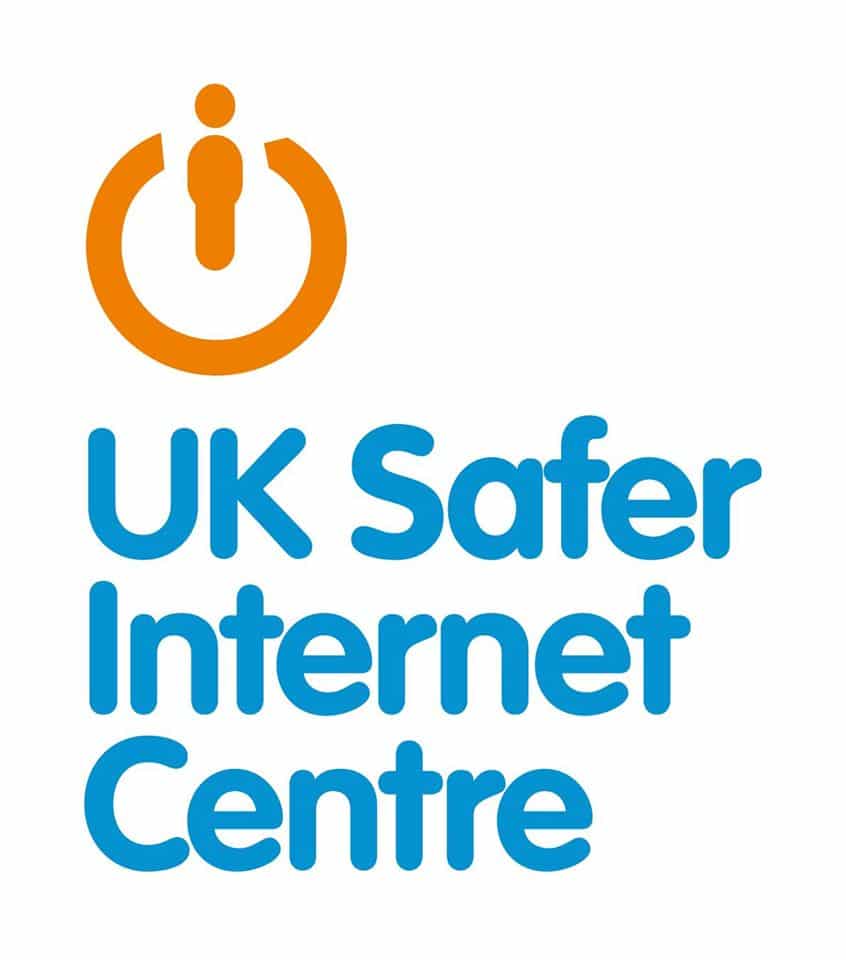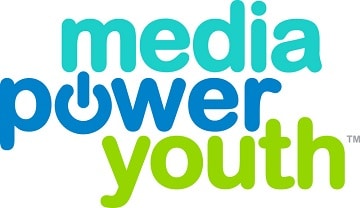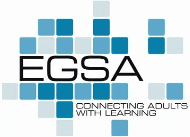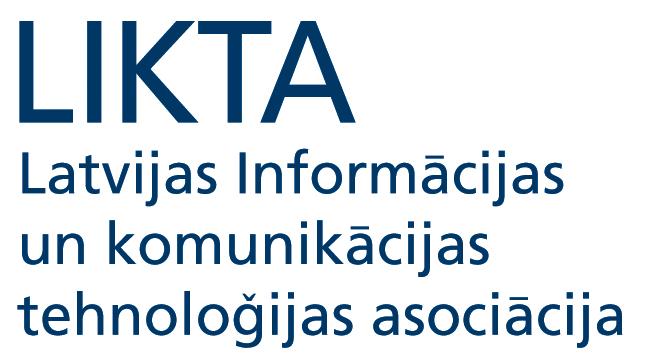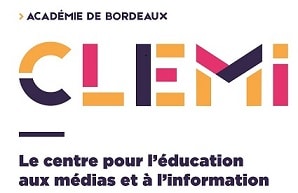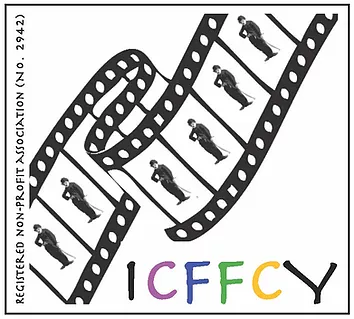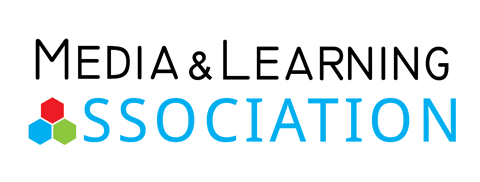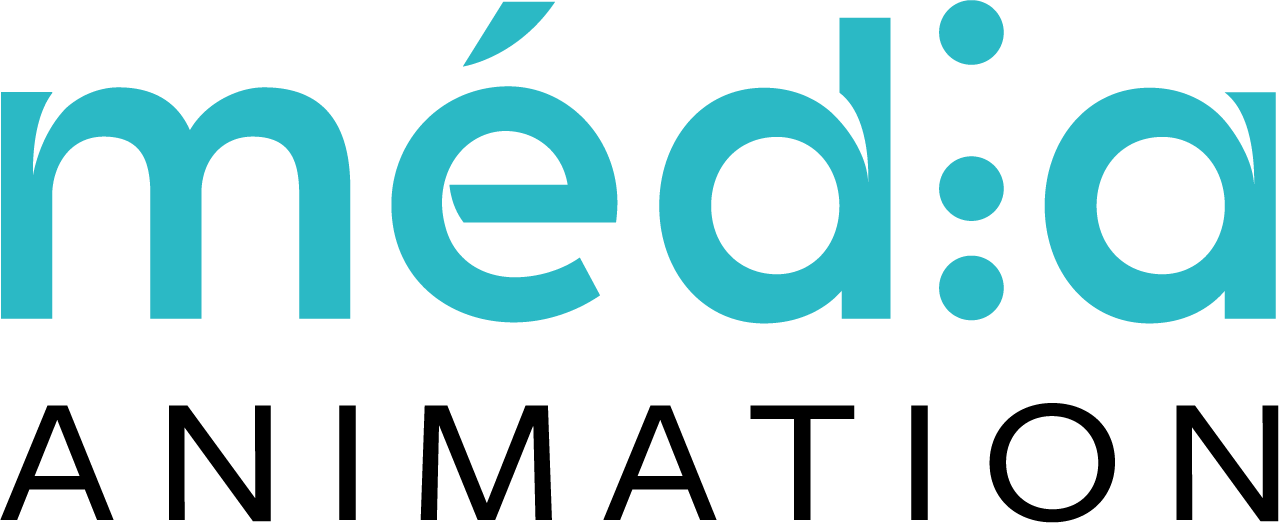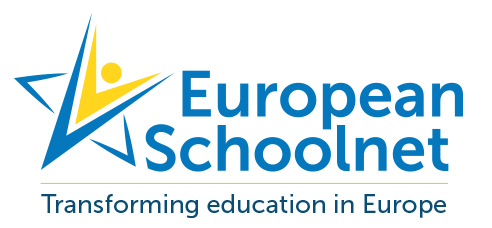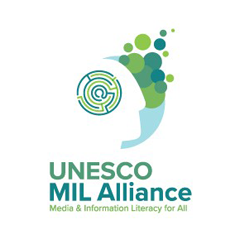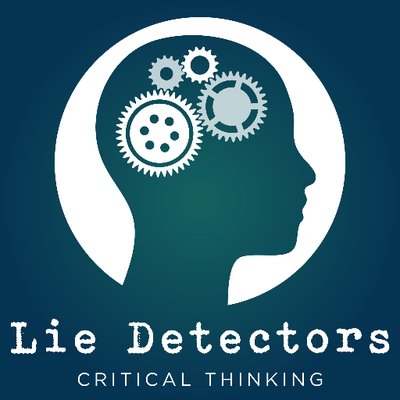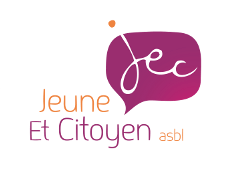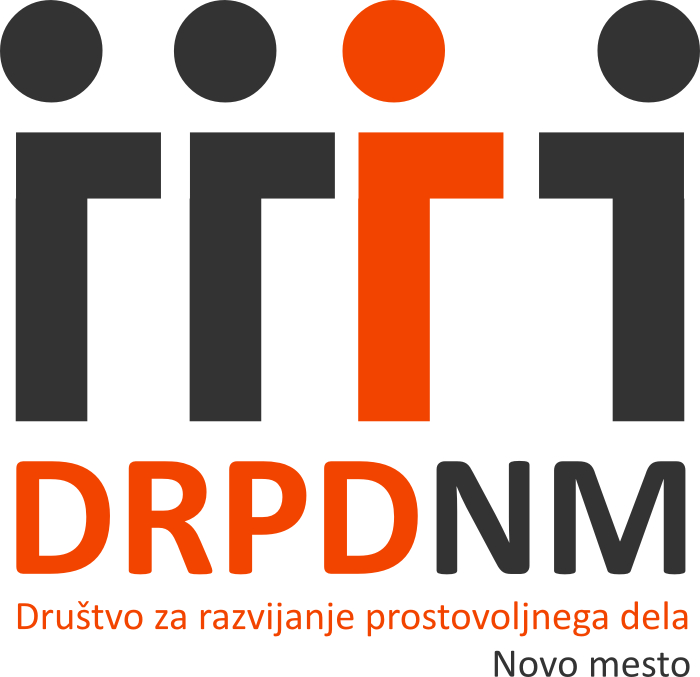The journey for the new Audiovisual Media Services Directive began in May 2016 when the European Commission first proposed its amendments. What followed was two years of intense negotiations between legislators.
It wasn’t until June 2018 that a final draft was presented by the European Commission, and finally on the 3rd of October it was officially accepted, following their amendments, by the European Parliament.
The acceptance of this new directive marks an important achievement for media literacy and for EAVI. Why? Because the first proposal from the European Commission did not mention media literacy in it anywhere. This came as a huge shock and disappointment for all working to establish and promote media literacy as a crucial element in shaping and empowering citizens and their participation today, and for the future.
In response, EAVI fought back and is proud to say, successfully campaigned for the re-introduction of media literacy into the directive!
So, what does the new AVMSD now say regarding media literacy?
Firstly, the definition presented portrays it as an all-encompassing term that not only depicts the importance of technical skills but also critical thinking;
‘’Media literacy refers to skills, knowledge and understanding that allow citizens to use media effectively and safely. In order to enable citizens to access information and to use, critically assess and create media content responsibly and safely, citizens need to possess advanced media literacy skills. Media literacy should not be limited to learning about tools and technologies, but should aim to equip citizens with the critical thinking skills required to exercise judgment, analyse complex realities and recognise the difference between opinion and fact. It is therefore necessary that both media service providers and video-sharing platforms providers, in cooperation with all relevant stakeholders, promote the development of media literacy in all sections of society, for citizens of all ages, and for all media and that progress in that regard is followed closely.’’
It is then mentioned in a further three sections throughout the document;
- Article 28b states that Member States must provide for ‘’effective media literacy measures and tools and raising users’ awareness of using those measures and tools’’. This is of particular importance in reference to the protection of minors.
- Article 30b refers to the role that the European Regulators Group for Audiovisual Media Services (ERGA) will place and states that it will ‘’exchange experience and best practices on the application framework for audiovisual media services, including on accessibility and media literacy’’.
- The new Article 33 states that ‘’Member States shall promote and take measures for the development of media literacy skills’’.
Hence, what we are now presented with is legislation that provides a comprehensive definition of media literacy and conditions that must be adopted and enforced within Member States. Above all what has been achieved here in the recognition that media literacy is a critical component for the future of Europe as a whole, as well as for the individual.
The journey for the new Audiovisual Media Services Directive began in May 2016 when the European Commission first proposed its amendments. What followed was two years of intense negotiations between legislators.
It wasn’t until June 2018 that a final draft was presented by the European Commission, and finally on the 3rd of October it was officially accepted, following their amendments, by the European Parliament.
The acceptance of this new directive marks an important achievement for media literacy and for EAVI. Why? Because the first proposal from the European Commission did not mention media literacy in it anywhere. This came as a huge shock and disappointment for all working to establish and promote media literacy as a crucial element in shaping and empowering citizens and their participation today, and for the future.
In response, EAVI fought back and is proud to say, successfully campaigned for the re-introduction of media literacy into the directive!
So, what does the new AVMSD now say regarding media literacy?
Firstly, the definition presented portrays it as an all-encompassing term that not only depicts the importance of technical skills but also critical thinking;
‘’Media literacy refers to skills, knowledge and understanding that allow citizens to use media effectively and safely. In order to enable citizens to access information and to use, critically assess and create media content responsibly and safely, citizens need to possess advanced media literacy skills. Media literacy should not be limited to learning about tools and technologies, but should aim to equip citizens with the critical thinking skills required to exercise judgment, analyse complex realities and recognise the difference between opinion and fact. It is therefore necessary that both media service providers and video-sharing platforms providers, in cooperation with all relevant stakeholders, promote the development of media literacy in all sections of society, for citizens of all ages, and for all media and that progress in that regard is followed closely.’’
It is then mentioned in a further three sections throughout the document;
- Article 28b states that Member States must provide for ‘’effective media literacy measures and tools and raising users’ awareness of using those measures and tools’’. This is of particular importance in reference to the protection of minors.
- Article 30b refers to the role that the European Regulators Group for Audiovisual Media Services (ERGA) will place and states that it will ‘’exchange experience and best practices on the application framework for audiovisual media services, including on accessibility and media literacy’’.
- The new Article 33 states that ‘’Member States shall promote and take measures for the development of media literacy skills’’.
Hence, what we are now presented with is legislation that provides a comprehensive definition of media literacy and conditions that must be adopted and enforced within Member States. Above all what has been achieved here in the recognition that media literacy is a critical component for the future of Europe as a whole, as well as for the individual.
The journey for the new Audiovisual Media Services Directive began in May 2016 when the European Commission first proposed its amendments. What followed was two years of intense negotiations between legislators.
It wasn’t until June 2018 that a final draft was presented by the European Commission, and finally on the 3rd of October it was officially accepted, following their amendments, by the European Parliament.
The acceptance of this new directive marks an important achievement for media literacy and for EAVI. Why? Because the first proposal from the European Commission did not mention media literacy in it anywhere. This came as a huge shock and disappointment for all working to establish and promote media literacy as a crucial element in shaping and empowering citizens and their participation today, and for the future.
In response, EAVI fought back and is proud to say, successfully campaigned for the re-introduction of media literacy into the directive!
So, what does the new AVMSD now say regarding media literacy?
Firstly, the definition presented portrays it as an all-encompassing term that not only depicts the importance of technical skills but also critical thinking;
‘’Media literacy refers to skills, knowledge and understanding that allow citizens to use media effectively and safely. In order to enable citizens to access information and to use, critically assess and create media content responsibly and safely, citizens need to possess advanced media literacy skills. Media literacy should not be limited to learning about tools and technologies, but should aim to equip citizens with the critical thinking skills required to exercise judgment, analyse complex realities and recognise the difference between opinion and fact. It is therefore necessary that both media service providers and video-sharing platforms providers, in cooperation with all relevant stakeholders, promote the development of media literacy in all sections of society, for citizens of all ages, and for all media and that progress in that regard is followed closely.’’
It is then mentioned in a further three sections throughout the document;
- Article 28b states that Member States must provide for ‘’effective media literacy measures and tools and raising users’ awareness of using those measures and tools’’. This is of particular importance in reference to the protection of minors.
- Article 30b refers to the role that the European Regulators Group for Audiovisual Media Services (ERGA) will place and states that it will ‘’exchange experience and best practices on the application framework for audiovisual media services, including on accessibility and media literacy’’.
- The new Article 33 states that ‘’Member States shall promote and take measures for the development of media literacy skills’’.
Hence, what we are now presented with is legislation that provides a comprehensive definition of media literacy and conditions that must be adopted and enforced within Member States. Above all what has been achieved here in the recognition that media literacy is a critical component for the future of Europe as a whole, as well as for the individual.


